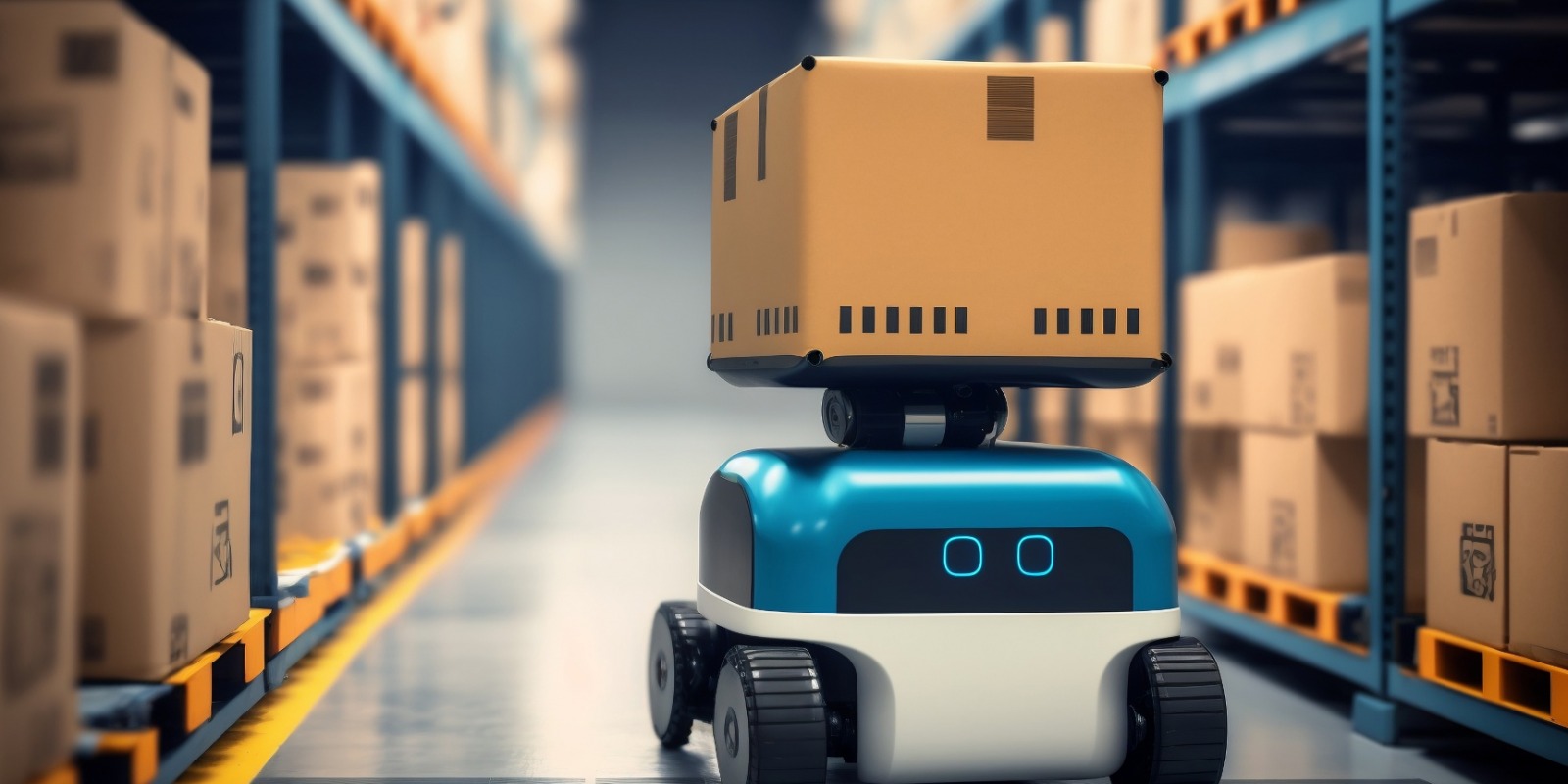Luma and Runway started out making cool AI tools that turn ideas into videos. But now, they’ve set their sights on something bigger: robots and self-driving cars. Both companies are talking to tech groups in those fields, hoping to use their AI skills to power future machines.
Why does this matter? Because it’s a fresh example of how powerful video AI can move into entirely new areas, like making smarter robots that can see and understand the world.
Who Are Luma and Runway?
- Luma and Runway are companies known for their AI video creation tools.
- They build systems that can take your ideas and turn them into animations or video scenes.
- Now they’re planning to sell these AI models to robotics builders and developers.
Why Robotics and Self-Driving Cars?
According to TechCrunch, both companies are in active talks with groups in robotics and autonomous driving.
Robots and autonomous cars need to understand their surroundings clearly. They need AI models that help them “see” and react to real-world objects and situations, like detecting a person in front of them, or knowing where a chair is.
Luma is already building 3D world models—a kind of AI map that lets systems understand depth and space. Runway is also exploring video games, but now wants to branch into robotics too.
How Could This Work?
Imagine a robot that helps with cleaning, picking up toys, or delivering packages. To work safely, it needs to recognize people, obstacles, doorways, and even pets. Luma’s 3D AI models could help robots understand and respond to all those things.
For self-driving cars, being able to interpret complex visual scenes—like icy roads or crowded sidewalks—is essential. AI from Luma and Runway could power new safety tools or navigation systems.
Why It Matters
| Benefit | Explanation |
| Smart robots | AI-powered systems that can understand and interact with our environment. |
| Better safety | Improved vision for robots and cars helps keep people and pets safer. |
| New markets for creators | Luma and Runway move beyond video into real-world tech applications. |
| Faster innovation | Robotics companies gain access to advanced AI without building it from scratch. |
Real-World Impact
This shift could help in ways that matter to everyday life:
- Schools: Robots that teach or assist students.
- Homes: Personal assistant robots that can fetch, clean, or troubleshoot.
- Industry: Factories use robots that better detect and sort items.
- Transportation: Safer driverless shuttles and vehicles.
Challenges Ahead
There are still hurdles:
- Trust and safety: Robots need to be reliable and safe around people.
- Real-world training: AI must learn from real environments, not just video clips.
- Ethics and privacy: Robots observing real-world scenes must protect people’s privacy.
- Technical compatibility: AI video tools need to adapt to robot hardware.
Conclusion
Luma and Runway’s pivot to robotics shows how AI tools are evolving fast. Video models are now being seen as building blocks for machines that move, sense, and act in our world.
Shortly, when you see a robot picking apples or guiding visitors around town, part of its “brain” might come from the same companies that used to write videos from text. It’s a clear sign that AI innovation isn’t just making videos—it’s bringing machines to life.
